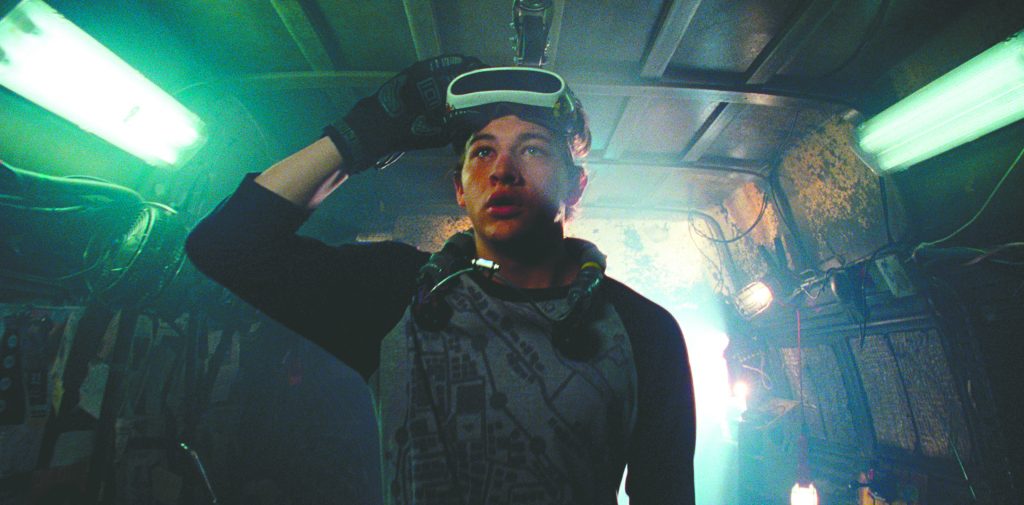
Whether you like it or not, ’80s nostalgia is a huge trend right now, and it’s a successful one. Over the past few years, there have been numerous reboots, sequels and homages to ’80s pop culture, and “Ready Player One” is the latest example. Not only is the movie a love letter to ’80s culture, but it’s also a love letter to gaming culture, drawing on video games of the past, present and future.
“Ready Player One” is directed by Steven Spielberg and based on the 2011 novel of the same name by Ernest Cline. The movie takes place in 2045, in a world in which everyone uses a virtual reality (VR) technology to live in the OASIS, a game world with limitless possibilities. A group of friends search for an Easter egg hidden in the OASIS, which would allow them to control the world and the creator’s fortune.
Immediately, I think the premise is very compelling. A lot of futuristic movies involve VR technology, but it’s rarely the crux of the movie. It’s particularly interesting that “Ready Player One” focuses on VR as a vehicle for gaming; since we see this technology being primarily used for gaming today, the OASIS feels like the natural evolution of VR technology in the near future. Still, this raises some logistical problems that the movie doesn’t address. For one, it feels like people in the real world would be bumping into walls a lot more often than their avatars in the OASIS suggests, but the concept is so fun that it’s easy to excuse. It helps that the OASIS is a gorgeously realized world, full of impressive areas with visual effects that walk the line between realistic and cartoonish. I would estimate the movie takes place about 70 percent in the OASIS and 30 percent in the real world, which is a good balance that allows for fantastic set pieces while ensuring that the stakes of the real world feel important.
The main selling point — and breaking point — for many viewers might be the huge number of cultural references in the movie, mostly but not exclusively to characters, vehicles and weapons from the ’80s. While many audience members will get a kick out of all the nostalgic references, others will understandably be frustrated by how lazily the movie panders to nerd culture, and even worse, arguably cheapens the source material. The cynical side of me thinks that “Ready Player One” may simply be using known properties to make up for its own lack of compelling story or characters, but the kid in me watched Mechagodzilla fight the Iron Giant and thought, ‘That’s pretty awesome.’ I decided to lean more into the kid side of myself and it made the movie much more enjoyable.
“Ready Player One” undeniably has flaws, most notably its weak character development and story. But at the end of day it’s so much fun to watch, between the great set pieces and visuals, all under the seasoned direction of Spielberg. “Ready Player One” isn’t the most thought-provoking movie, but it’s a blast from the past in a whole new way, and one I immensely enjoyed.


